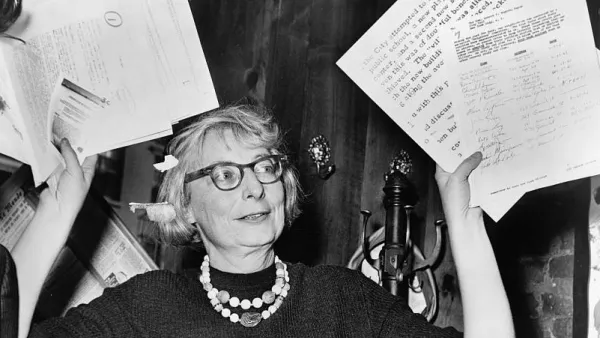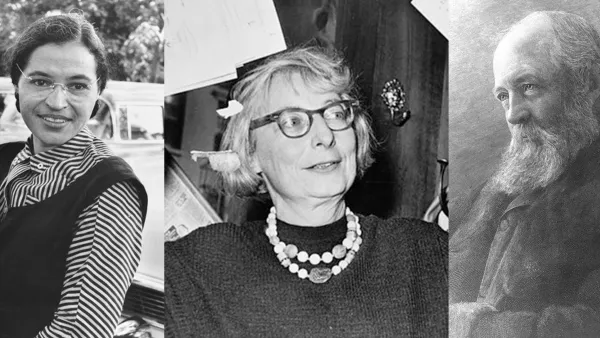Top livable cities may be be good for families or corporations, but they don't often fuel or enable creativity the way their listers think they do, according to this piece.
Creativity is a much broader goal for cities, and top cities lists often misinterpret it, according to Index B (Roger Trapp and John Owrid).
"[H]aving proximity to the great outdoors, efficient transport systems and a substantial number of coffee shops does not necessarily add up to a city that actually draws in the innovative and creative people who can make a place so vibrant and an attractive tourist attraction. Offer a couple of teenagers the option of a weekend in Munich or Vancouver (traditional stars of liveability lists) over Los Angeles or New York and see what kind of reaction you get.
Indeed, this favouring of these smaller-scale cities over the great metropolises is made all the harder to understand when set against the apparent resurgent interest in cities. For all the continuing popularity of the suburbs and comfortable towns within commuting distance of the likes of New York and London for families looking for somewhere safe, convenient and offering easy access to the countryside, many cities are successfully reinventing themselves. Not least because of the growing belief in these environmentally-conscious times that city life – with its plentiful public transport, encouragement of cycling and denser housing – is in many ways "greener" than that in villages and small towns. Add to this the dynamism and excitement that results from having lots of people from different cultures and backgrounds thrown together and the attractions become clearer. Even the traditional balancing factors of high crime rates and poor transport are in many cases – such as New York and London – less of an issue than they were thanks to strong civic leadership and, it has to be said, the drive of citizens determined to improve their surroundings in ways that are not always apparent out of town."
FULL STORY: The city gets a new lease of life

Planetizen Federal Action Tracker
A weekly monitor of how Trump’s orders and actions are impacting planners and planning in America.

Chicago’s Ghost Rails
Just beneath the surface of the modern city lie the remnants of its expansive early 20th-century streetcar system.

Amtrak Cutting Jobs, Funding to High-Speed Rail
The agency plans to cut 10 percent of its workforce and has confirmed it will not fund new high-speed rail projects.

Ohio Forces Data Centers to Prepay for Power
Utilities are calling on states to hold data center operators responsible for new energy demands to prevent leaving consumers on the hook for their bills.

MARTA CEO Steps Down Amid Citizenship Concerns
MARTA’s board announced Thursday that its chief, who is from Canada, is resigning due to questions about his immigration status.

Silicon Valley ‘Bike Superhighway’ Awarded $14M State Grant
A Caltrans grant brings the 10-mile Central Bikeway project connecting Santa Clara and East San Jose closer to fruition.
Urban Design for Planners 1: Software Tools
This six-course series explores essential urban design concepts using open source software and equips planners with the tools they need to participate fully in the urban design process.
Planning for Universal Design
Learn the tools for implementing Universal Design in planning regulations.
Caltrans
City of Fort Worth
Mpact (founded as Rail~Volution)
City of Camden Redevelopment Agency
City of Astoria
City of Portland
City of Laramie





























